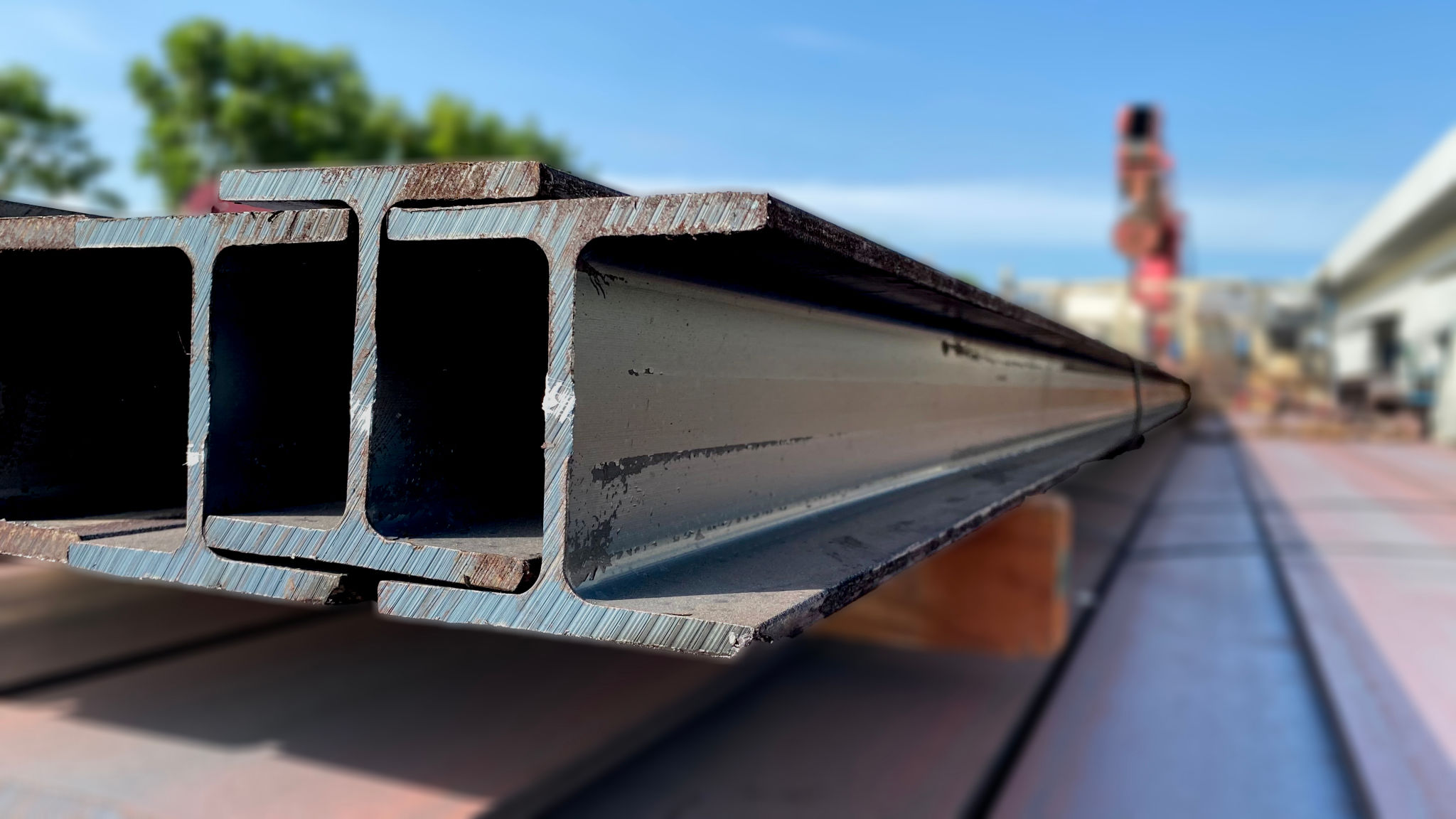Understanding the Latest Welding Trends: What’s New in the Industry
Introduction to Welding Trends
The welding industry is continually evolving, driven by technological advancements and a growing demand for efficient and sustainable practices. As we move forward, understanding the latest welding trends is crucial for professionals looking to stay competitive and innovative. This post explores some of the most significant developments that are shaping the future of welding.
Automation and Robotics
One of the most transformative trends in welding is the increasing integration of automation and robotics. These technologies are enhancing precision and efficiency, allowing for more consistent welds and reducing the margin for human error. Robotic welding systems are particularly valuable in high-volume production environments where speed and accuracy are paramount.

Advanced Materials and Techniques
The materials used in welding are also evolving, with a focus on lightweight and high-strength alloys. These materials are essential for industries like automotive and aerospace, where reducing weight without compromising strength is a priority. New techniques such as laser welding and friction stir welding are being developed to work effectively with these advanced materials.
Laser Welding
Laser welding is gaining popularity due to its ability to create precise and clean welds with minimal thermal distortion. This technique is particularly beneficial for applications that require high-quality aesthetics and minimal post-processing.

Friction Stir Welding
Friction stir welding (FSW) is recognized for its ability to join difficult-to-weld materials, such as aluminum alloys, without requiring filler materials. This method is energy-efficient and produces joints with excellent mechanical properties.
Sustainability in Welding
The push for sustainability is influencing many industries, and welding is no exception. There is a growing emphasis on reducing waste and energy consumption in welding processes. This includes the development of eco-friendly consumables and the adoption of energy-efficient equipment.

Digitalization and Smart Welding Technologies
Digitalization is revolutionizing the welding industry, leading to the rise of smart welding technologies. These innovations incorporate IoT (Internet of Things) and artificial intelligence to improve process control and quality assurance. Real-time monitoring and data analytics enable welders to make data-driven decisions, enhancing overall productivity.
- IoT in Welding: Connects equipment to networks for better process management.
- AI-Driven Solutions: Optimize parameters for consistent weld quality.
Conclusion
The latest trends in welding are opening up new possibilities for efficiency, quality, and sustainability. By embracing these advancements, businesses can stay ahead of the curve and meet the growing demands of various industries. Staying informed about these trends ensures that welders are equipped with the knowledge to implement cutting-edge technologies effectively.

